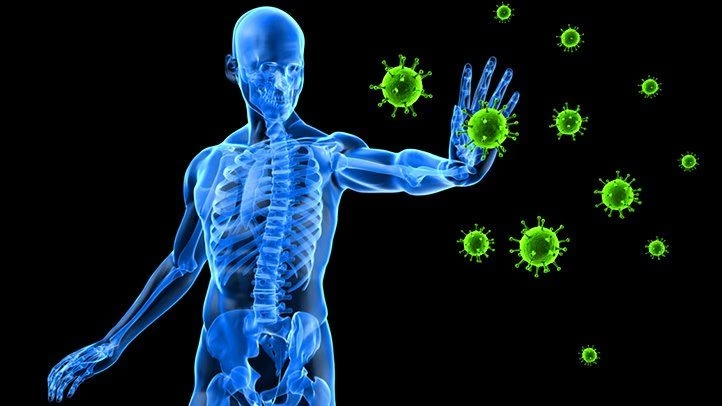Bipolar disorder is more than just mood swings. It’s a complex mental health condition marked by extreme shifts in mood, energy, and behavior. Understanding the signs of bipolar early on can help with timely diagnosis, support, and effective management.
Many people wonder, “Do I have bipolar disorder?”—especially when emotions feel unpredictable or intense. If you’ve had episodes of elevated energy followed by deep lows, this article can help you recognize what’s normal and what may signal something more serious.

What Is Bipolar Disorder?
Bipolar disorder (formerly called manic-depressive illness) is a type of mood disorder characterized by alternating periods of:
- Mania or hypomania (highs)
- Depression (lows)
There are two main types:
- Bipolar 1 Disorder: Involves full manic episodes that last at least 7 days or require hospitalization. Depression may follow.
- Bipolar 2 Disorder: Involves hypomania (less intense than full mania) and more frequent depressive episodes.
Early Signs of Bipolar Disorder
Recognizing the signs of bipolar can be tricky, especially because symptoms often overlap with anxiety or depression. Here’s what to look for:
During a Manic Episode:
- Feeling extremely “up,” energetic, or elated
- Talking quickly, jumping between ideas
- Decreased need for sleep (but not feeling tired)
- Risky behaviors (spending sprees, reckless driving)
- Feeling invincible or overly confident
- Easily irritable or agitated
During a Depressive Episode:
- Deep sadness or hopelessness
- Low energy, fatigue
- Trouble concentrating
- Sleep disturbances (too much or too little)
- Feeling worthless or guilty
- Loss of interest in usual activities
Bipolar 1 Symptoms vs Bipolar 2 Symptoms
| Feature | Bipolar 1 | Bipolar 2 |
| Mania | Full manic episodes (7+ days) | Hypomania (less severe, 4+ days) |
| Depression | May or may not occur | Frequent and long-lasting |
| Hospitalization | Often required during mania | Rare |
| Psychosis | May occur during mania | Less likely |
Understanding these differences can help clarify what you or a loved one may be experiencing.
Bipolar Mood Disorder vs Regular Mood Swings
It’s normal to have emotional highs and lows, but bipolar mood disorder involves extreme shifts that disrupt daily life.
- Bipolar shifts can last days or weeks.
- They can affect relationships, work, and safety.
- You may not always recognize the mood changes as abnormal.
If you’re thinking, “I think I have bipolar disorder,” it’s worth tracking your moods and talking to a mental health professional.
Bipolar Side Effects (Beyond the Mood)
Bipolar disorder can also lead to:
- Relationship strain
- Financial trouble (during manic episodes)
- Substance use (as self-medication)
- Work or academic difficulties
- Increased risk of suicide (especially during depressive phases)
These side effects can worsen without treatment, but many people manage bipolar disorder successfully with support.
What Should You Do If You Recognize These Signs?
If you see yourself in these symptoms:
- Track your mood: Use an app or journal
- Avoid self-diagnosis: Similar symptoms can appear in other disorders
- Talk to a doctor or psychiatrist
- Don’t wait for a crisis: Early intervention = better outcomes
Final Thoughts
Bipolar disorder is real, manageable, and nothing to be ashamed of. Understanding the signs of bipolar, especially bipolar 1 and bipolar 2 symptoms, can lead to early support and a more balanced life.
You’re not alone, and help is available.


